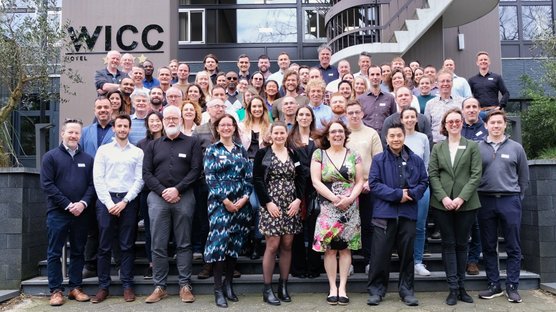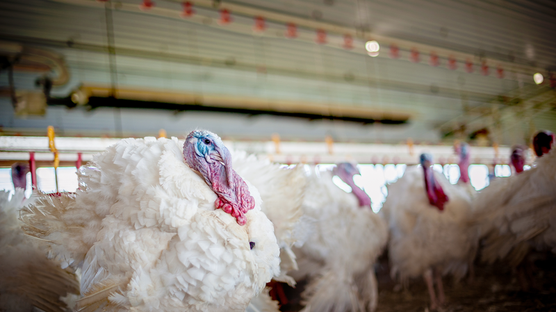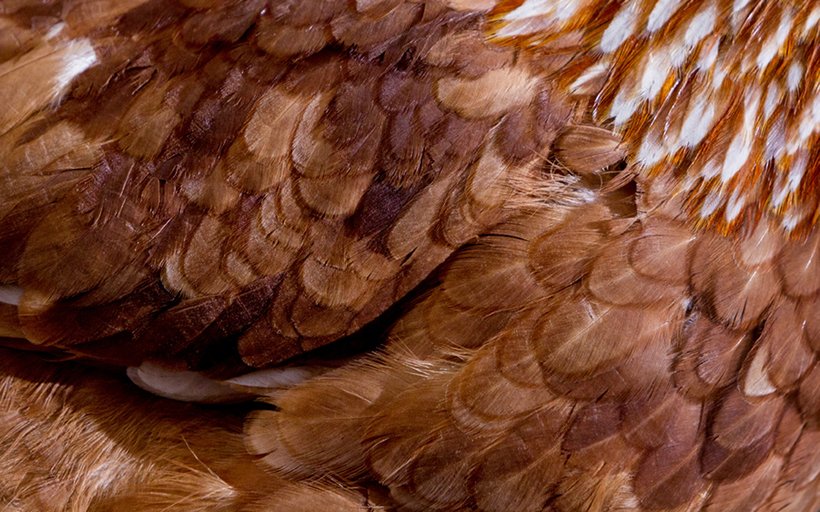
Published on May 29, 2019
Feathering offers more than meets the eye
Good feathering is important for a bird’s health and welfare, productivity, and feed conversion. A well feathered bird is better able to regulate its body temperature and the feathers serve as direct protection of the skin. By scoring for this trait and calculating the heritability, we are selecting birds that contribute to a more welfare-friendly, sustainable system.
For all our field-tested birds, we score the feather plumage condition at two different points. The first moment of scoring is at the end of peak production, at 40 weeks of age, when the most effort is required from the bird. The second scoring time is at 70 weeks of age. The goal of taking these feather scores is to see if variation exists between the different families tested, and to see if there are differences between the crosses, whether commercial or experimental crosses. As we test on average 350,000 birds per year, we use a relatively simple scoring method to make all the scoring feasible. We have adopted the AssureWel method, which is a worldwide recognized method to feather score the birds from 0 (minimal to no feather loss) to 2 (moderate to severe feather loss).
The calculated heritability differs per genetic line and per area (neck or back) and is in the range of 0.08 – 0.2. This heritability is lower when compared to egg production and egg quality traits, but it is in line with the heritability of our other social traits. This means that the genetic improvement in feather cover quality cannot be as fast as egg production traits, but we are able to gradually improve on these traits via selection.
Table 1. Feather scores at 70 weeks of age for different genetic crosses
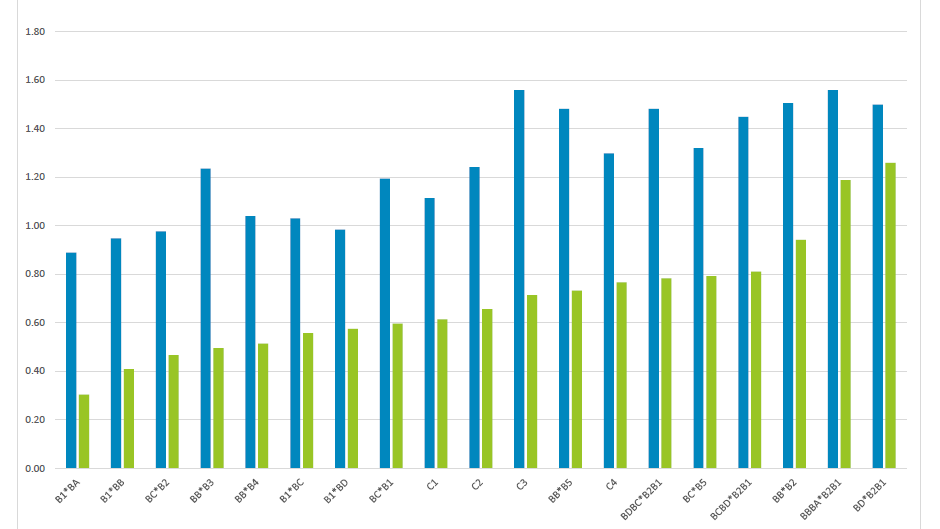
Table 2. Feather scores for different sire families in the BC*B2 genetic cross
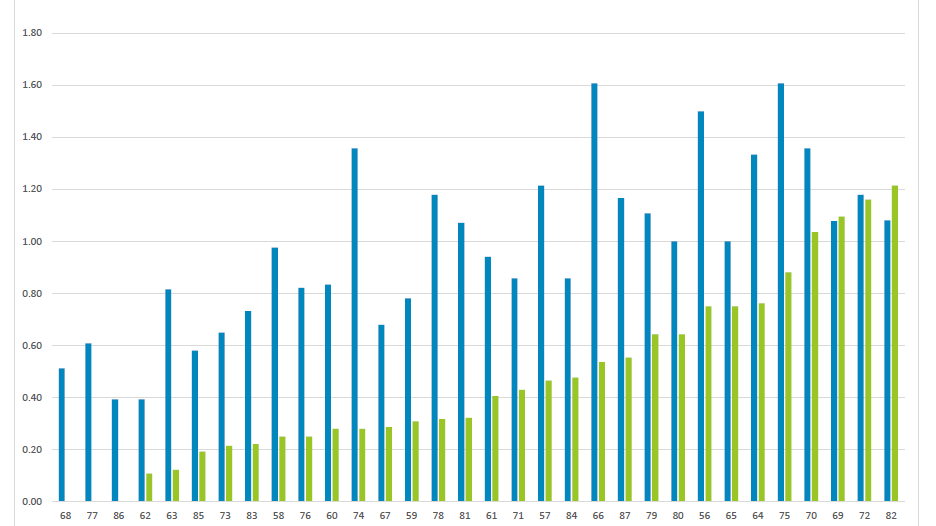
Including different feather traits in our breeding programs means we are able to select robust, docile birds with better feather cover for a longer period. This translates to birds that are productive, efficient, and thrive in an welfare-friendly environment.

